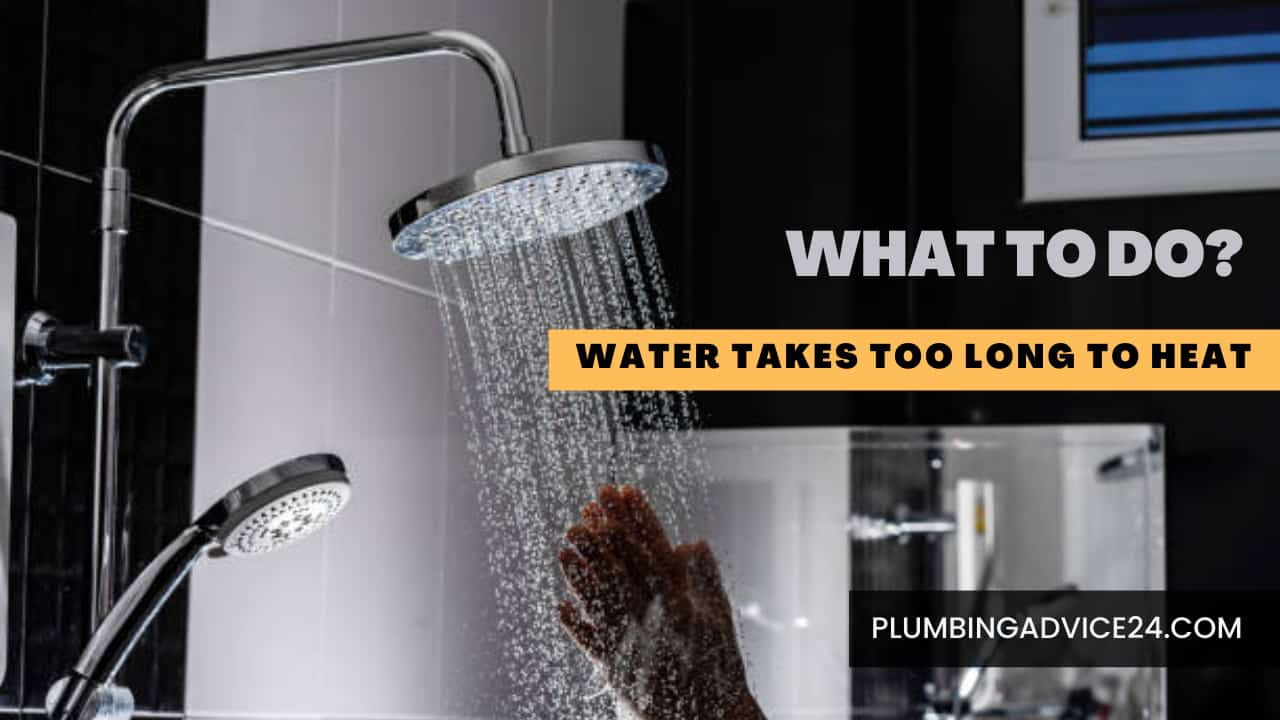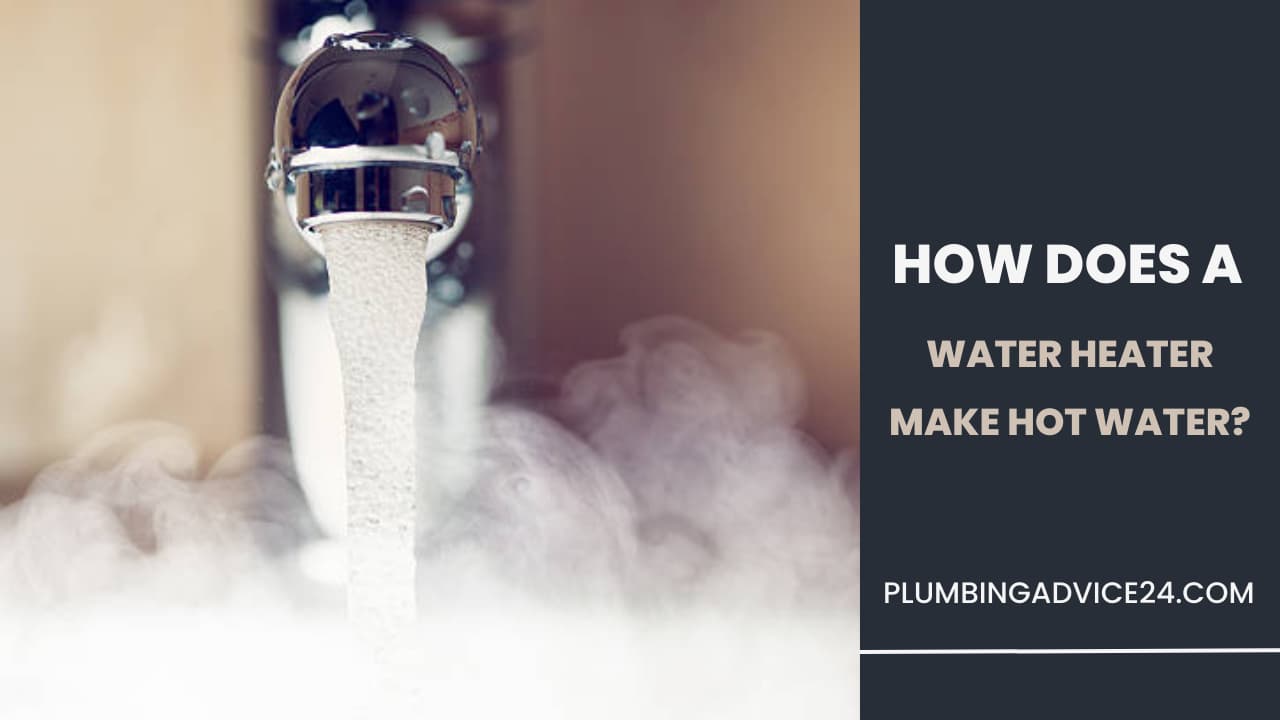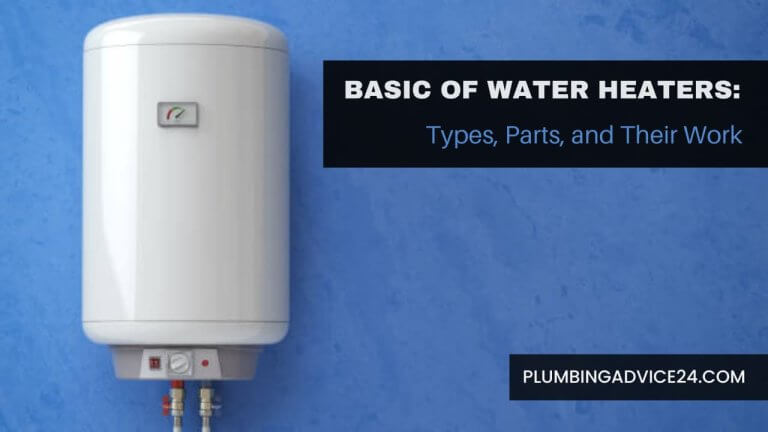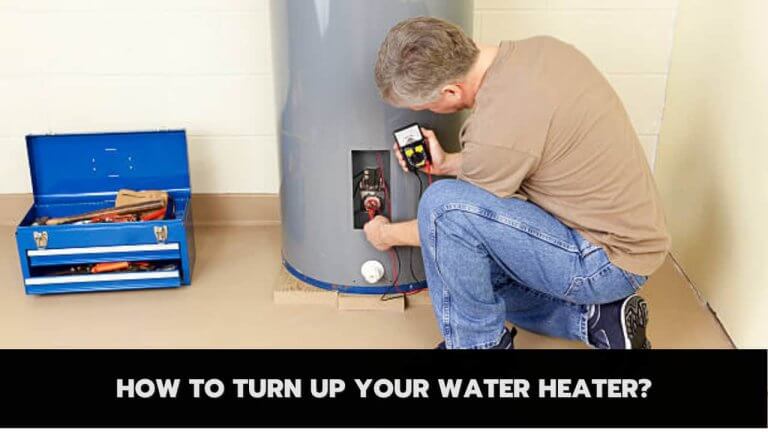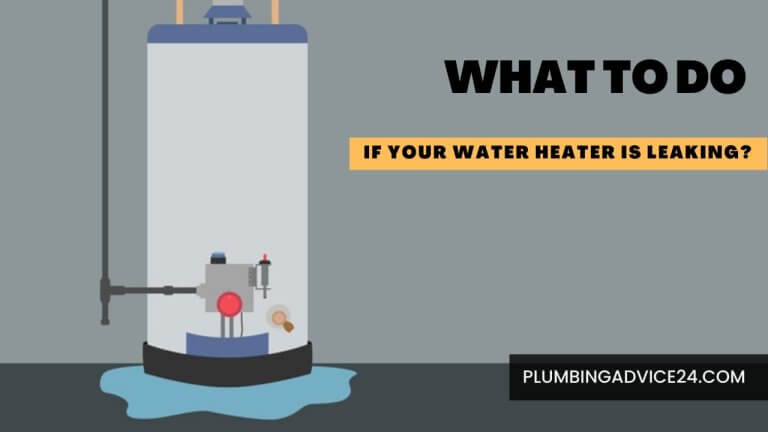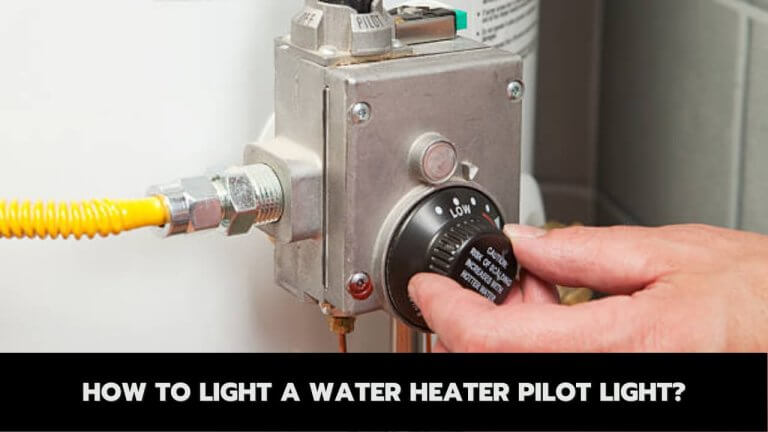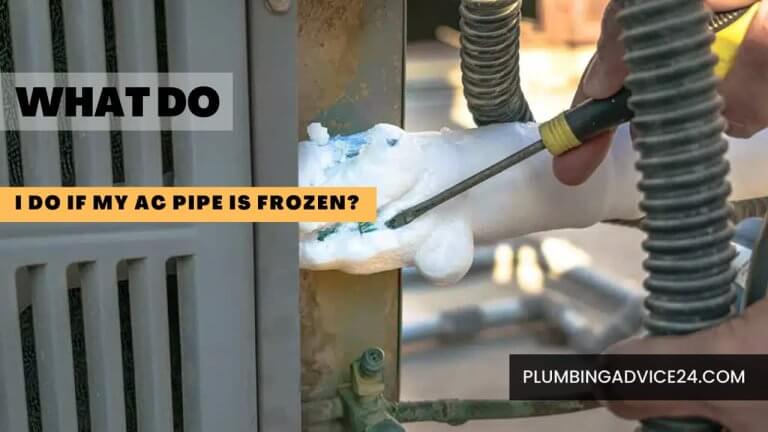Water Takes Too Long to Heat: What to Do?
During the colder months, a dependable water heater is an essential device. It’s annoying to wait longer than normal for a hot shower or cleanse the dishes because your water heater needs to be fixed. The good news is that there are several things you can do to increase the effectiveness of your water heater and decrease the time it takes to heat your water. This article will explore some tips and tricks for troubleshooting a slow water heater and getting it back to working efficiently.
How Does a Water Heater Make Hot Water?
Despite the difference in energy expense, tank water heaters powered by gas perform identically to their electric counterparts. Both tank warmers take in energy, transform it into heat, and then deliver it to the tank’s water supply.
The tank receives frigid water through one conduit and sends warm water through another (or multiple) pipes to various fixtures and equipment in your house. Thermostats control the amount of energy provided to the furnace based on the temperature of the water. When the pressure or temperature inside the tank rises too high, a vent at or near the tank’s top will release the excess.
What Could Be Causing Your Water Takes Too Long to Heat?
Some possible reasons for the water taking a long time to heat are as follows:
Sediment Buildup in the Tank
One of the most frequent reasons a water heater takes too long to heat is sediment accumulation. Sediment and particles will settle to the bottom of your water heater reservoir over time. Because the water must work harder to heat through the debris, your water heater may take longer to reach the desired temperature. Sediment accumulation is more common in water heaters older than 10 years. This problem can be avoided by flushing the receptacle frequently.
The Thermostat Setting Is Too Low
It may take longer for the water to get hot if your water heater’s temperature needs to be higher. To get the most out of a water heater, set the temperature at no more than 120 degrees Fahrenheit. It will take longer for the water to reach the required temperature if the regulator is set too low. The risk of burning increases with a temperature setting that is too high so keeps that in mind.
Faulty Heating Element
Water in electric water warmers is heated by one of two separate heating devices. It may take longer for the water to reach the desired temperature if either of these heating components is broken. It will bring longer to boil the water because the broken heating element will not be working at peak efficiency.
Broken Dip Tube
The cold water pipe is connected to the bottom of the water heater tank by a polyethylene conduit known as the dip tube. Its job is to transport cool water to the tank’s base, where it can be heated. Water will take longer to boil if cool water mixes with hot water at the tank’s top due to a damaged or fractured dip tube. Repairing the damaged dip tube to resume normal water heating operations is necessary.
Related Post : 8 Signs Your Water Heater Needs to be Repaired or Replaced
What to Do If the Water Takes a Long Time to Heat Up?
If your water heater is taking too long to heat up, it’s important to get it fixed as soon as possible, as it will save you both time and money. If your water heater is taking too long to heat up, take the steps below to fix it.
Flush the Water Heater Tank
One of the easiest ways to fix a slow water heater is to flush the tank. To do this, cut off the cold water supply and the electricity or gas supply to your water heater. The discharge fixture is located at the bottom of the tank. Attach a pipe to it and send it to the outside or a sink.
Open the spigot and let the reservoir fully empty. Turn on the cold water source to remove residual debris once the tank clears. Carry on in this way until the water is no longer cloudy. Regular tank cleaning can aid in preventing silt accumulation.
Adjust the Thermostat
Setting your thermostat to the suggested level of 120 degrees Fahrenheit ensures that your water heater is operating effectively and heating it quickly if it is too low. Before making any changes, shut off the gas or electricity. The danger of burning, however, can rise if the temperature is set too high.
Replace Faulty Heating Elements
You may need to repair the heating components in your electric water heater if one or both of them are broken. To do this, shut off the water heater’s electricity source and empty the reservoir. Locate the heating components by removing the access door on the tank’s side.
Remove the parts and unplug the cables. Reconnect the wires after replacing the components. Turn on the electricity source after adding more water to the reservoir. Regular upkeep can increase the lifetime of your water heater and help avoid harm to the thermal components.
Replace the Dip Tube
You might need to repair your dip tube if it is cracked or otherwise harmed. To accomplish this, shut off the gas or electricity to your water heater, then empty the tank. Locate the dip tube by removing the access door on the tank’s side. Install the replacement tube after removing the previous one.
Make sure the replacement tube fits firmly and is the proper measurement. After reconnecting any disconnected cables or contacts, fill the reservoir with water. Turn on the gas or electricity to check that the water heater is operating correctly.
Consider Upgrading Your Water Heater
If this is the case, the moment may have come to replace your old water heater with a modern, more energy-efficient model. Newer models of water heaters are designed to be more economical to operate, which can lead to long-term cost savings. Portable and combo water warmers are just two options that bring a pot of water to a rapid simmer.
Conclusion:
Several potential reasons your water heater may be heating too slowly include silt accumulation, a low-temperature setting, a malfunctioning heating element, or a damaged dip tube. The good news is that this problem has several remedies, including cleaning the tank, modifying the regulator, changing defective heating components or a damaged dip tube, and updating your water heater.
You can ensure that your water is heated effectively and consistently for many years by keeping your water heater and taking care of any problems as they appear.
Related Post : Should I Replace My Water Heater Before It Fails?
Why Is My Hot Water Not Hot Enough?
The following reasons may be responsible for your hot water not being hot enough:
- Sediment Buildup
- Thermostat Setting
- Broken Heating Element
- Broken Dip Tube
- Insufficient Size Water Heater
How Long Does It Take for a Water Heater to Heat Up?
Water heaters typically take 60-80 minutes for electric storage tank water heaters, 30-40 minutes for propane storage tank water heaters, and 0 minutes for propane tankless water heaters.
How to Fix Water Taking Too Long to Heat Up?
If your water heater is taking too long to heat up, take the steps below to fix it.
- Flush the Water Heater Tank
- Adjust the Thermostat
- Replace Faulty Heating Elements
- Replace the Dip Tube
- Consider Upgrading Your Water Heater
If You Liked This Post? So Share It with Your Friends
Suggested Articles:
